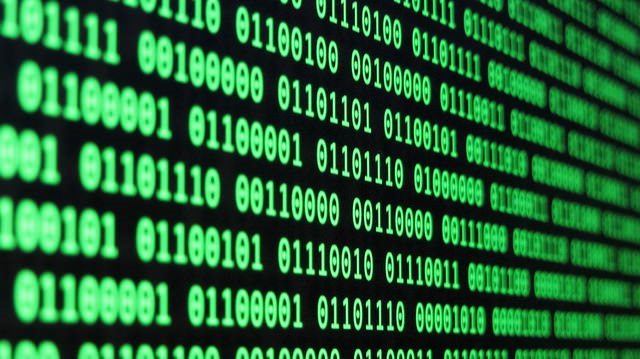
Defining Big Data
Big data has been touted as an important tool for public diplomats. It’s complicated, exciting, and at times frustrating to make sense of. But what exactly is it?
Broadly speaking, big data refers to extremely large data sets – whether structured or unstructured – that can be analyzed to reveal patterns, trends, and associations, especially relating to human behavior and interactions. Big data is comprised of information spanning platforms and countries, and making sense of the vast variation of data has proven complicated for public diplomats.
In the social media age, big data is often thought of as things like shares, likes, comments, tweets, views. Although less frequently mentioned, big data also includes uploads to YouTube, information on LinkedIn profiles, and threads on Reddit. These are data points that have only come into existence in the last couple of decades with the advent of social networking sites like Facebook, Twitter, Instagram, and YouTube.
But the explosion of social media is not solely responsible for the growth in online data. As technology general has become more pervasive, people have migrated online, and their data has come with them. Information that has previously only existed in the analog world is now accessible online. For example, people’s ages, genders, zip codes, and more are now available through Facebook. Although the process of digitization is new, most of the information has existed for a long time in one form or another.
Certainly, not all of this information is available publicly – Facebook has privacy settings that allow users to choose who can and cannot see personal details about themselves. Still, companies have been using data’s online migration to their benefit. Companies like Amazon routinely analyze their users’ online habits to create more marketable goods. Facebook will target its ads based on what you’re likely to click on and like. At the forefront of this movement are digital analytics firms, which will provide experts to companies that hope to make sense of the largely unstructured data on the internet.
Why does this matter for public diplomats?
It would be great if public diplomats could use big data insights to sell foreign policy the same way that private companies sell product to a consumer. Unfortunately, selling drones to the teenage market is much easier than selling a policy of drone attacks to foreign publics.
For public diplomats, big data represents an opportunity to listen to foreign audiences like never before. Understanding an audience is key to crafting policies, and taking advantage of the outpouring of digitized data could be invaluable going forward. The goal of listening is to truly understand the audience – if big data can create a more complete picture, then diplomats would be remiss to pass it up.
In order to do that, public diplomats need more than access to big data – they need tools to interpret it. But before jumping into the bottomless pit of big data, there needs to be a reckoning that accounts for the many questions that still surround big data.
How can we quantify qualitative data like tweets? If we use computer algorithms, how can we ensure that those are accurate? How can we account for opinions people don’t share on social media? Is there a selection bias on certain platforms that dilutes the sample? What about bots?
This is the first blog in a three blog series that will seek to address some of these questions and provide a look at the prospects for big data use in public diplomacy.





